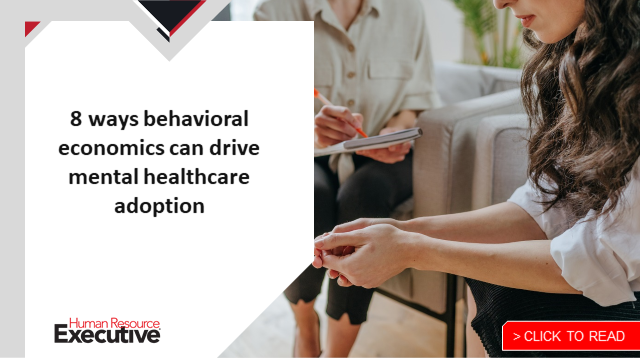As the last two-plus years have proven, employer support—in the form of employee benefits, flexibility and regular communication—is vital in helping organizations address challenges, keep employees happy and boost retention.
But a new report finds that there’s a sizable gap in what support employees want from their employer and what organizations are actually offering—data that indicates employers may want to reevaluate what they offer and prioritize, especially in a tight labor market.
A survey from the Transamerica Institute and its Transamerica Center for Retirement Studies, out this week, finds there are significant gaps between the percentage of employers that offer particular benefits and the percentage of workers who say those benefits are important.
“In the wake of the pandemic, employers have been navigating complex issues in a rapidly changing environment, especially in managing the needs of their workforce,” says Catherine Collinson, CEO and president of Transamerica Institute and Transamerica Center for Retirement Studies. “However, they can be doing even more to support their employees.”
The organization conducted a survey of more than 1,800 employers and then compared the results to those of its most recent survey of workers, finding large discrepancies in all kinds of benefits. For instance, the need for health insurance was rated as important by 93% of workers, but only 56% of employers offer it. And 89% of workers say a 401(k) retirement plan is important, although it’s only offered by 55% of employers. Other benefit discrepancies, according to the surveys, are:
- Life insurance: important to 83% of employees, but offered by 36% of employers
- Employee assistance programs: important to 71% of employees, but offered by 30% of employers
- Workplace wellness program: important to 69% of employees, but offered by 29% of employers
- Financial wellness program: important to 73% of employees, but offered by 28% of employers
- Cash balance pension plan: important to 74% of employees, but offered by 16% of employers
- Pet insurance: important to 39% of employees, but offered by 5% of employers
Why are there such large gaps? Collinson says that employers’ lack of awareness of what is available in the marketplace, an underestimation of employee interest and concerns about cost all may be in part to blame. She also notes “the gap is far more pronounced among small companies compared with larger companies.”
The data is a reminder that HR and benefit leaders cannot rest on their laurels and should reevaluate offerings, consult with a benefits adviser on options for affordable offerings and get employee opinions on what they most value and want. That will only result in happier, healthier and more engaged employees, Collinson says.
“As employers evaluate their benefits offering, they have an opportunity to further support the physical and mental health and the financial wellbeing of their employees,” Collinson says. “In terms of gauging employee interest for potential new benefits, one of the best ways to find out is to conduct a survey and simply ask them.”
In the wake of the pandemic-fueled stressors over the last two years, a number of organizations have stepped up two-way communication on benefits, regularly surveying employees about their preferences and their needs for support.
 That strategy is even more important in an employee-driven job market where workers have more options to leave for other opportunities—and better benefits, Collinson says.
That strategy is even more important in an employee-driven job market where workers have more options to leave for other opportunities—and better benefits, Collinson says.
“It is important for employers to gain an understanding of the types of benefits currently available in the marketplace so they can determine which could best address the needs of their employees,” she says. “In today’s intense labor market, a more robust benefits package could give employers a needed edge in the competition for talent.”
The post Are you offering the benefits employees most want? Probably not, data finds appeared first on HR Executive.